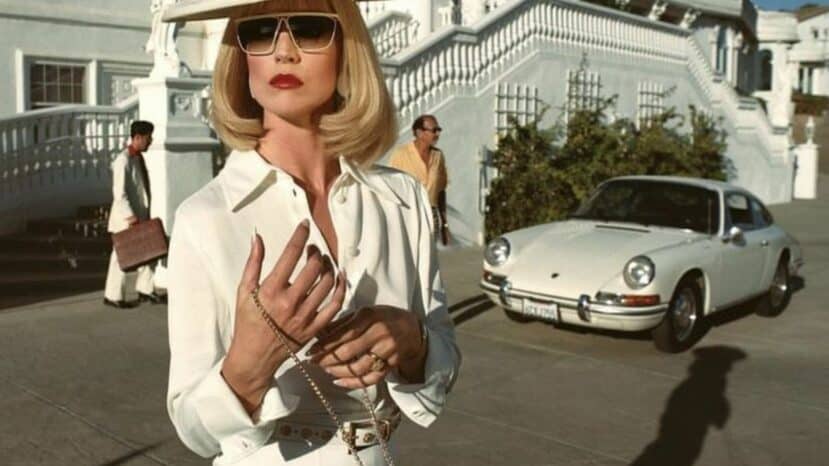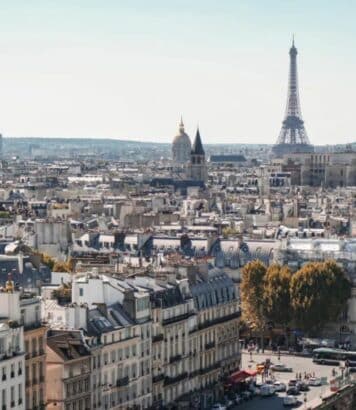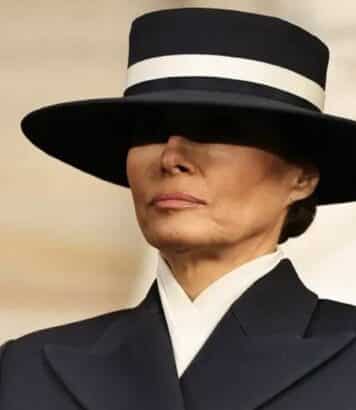Luxury in 2030: a market estimated at 2,500 billion euros

According to Bain & Company and the Altagamma Foundation, the global luxury goods market could reach between 2,000 and 2,500 billion euros by 2030. All this supported by annual growth of +5 to +9%.
Promising growth after a downturn
After a slight decline of -2% in 2024, due to an inflationary context, the luxury sector seems to be heading towards a phase of sustainable recovery. Spending on luxury personal goods, in particular, is expected to grow by +4% to +6% a year, reaching around 500 billion euros by 2030. This growth is attributed to a growing demand for “accessible” luxury and a polarization of clienteles.
Growth drivers
Forecasts point to significant expansion in key regions. Western markets and the Middle East should continue their steady growth. China is beginning a gradual recovery, and Japan is normalizing. In addition, new emerging markets such as India, Latin America and Southeast Asia are emerging as major growth drivers. Bain estimates that 300 million new buyers from emerging generations and the middle and upper classes will enter the luxury goods market by 2030.
Back to basics and innovation
To capture this broader customer base, brands will need to adopt strategies focused on excellence, with an emphasis on product design, storytelling and customer experience. Generative artificial intelligence is identified as a key lever for transforming the value chain, whether in optimizing operations or developing innovative products.
A transition to navigate
Experts point to crucial strategic choices: preserve exclusivity or target a wider audience, and maintain a strategy of price increases or innovate towards accessible models. These dilemmas will be decisive for the major brands, who will have to combine tradition and innovation as they invest in the future.
Also read: Chanel overtakes Louis Vuitton: Brand Finance 2025 rankings




